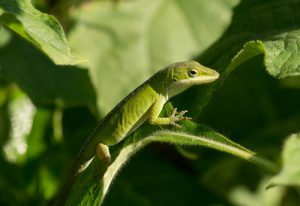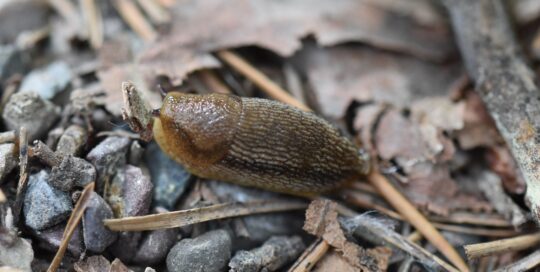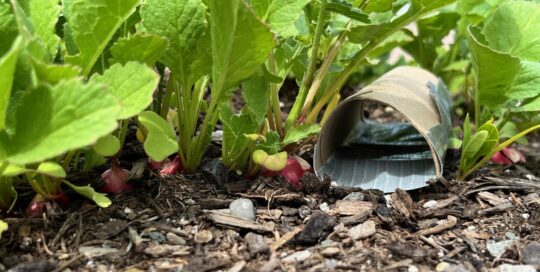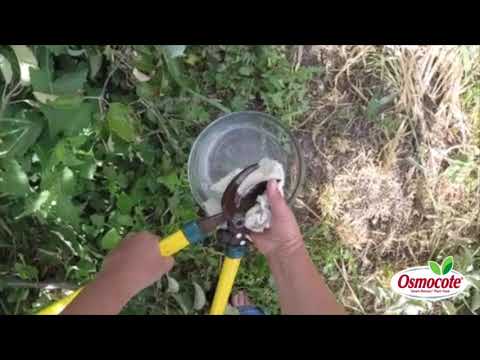Are Lizards Eating the Garden Plants?
Views: 58472

A friend of mine lives in Arizona and wondered if the any lizards she’s seeing in the garden are responsible for the nibbling on her plants.
I never even considered it (since we don’t have them around here), and thought it might be possible since some lizards in captivity are fed vegetation. But from my research with various Extension sites, nibbling lizards are not likely the culprits. As a matter of face, they are good to have in the garden as they feed upon insects in the garden, and can take care of a fair number of the bad characters.
The beneficial lizard
After reading more about them, I wish we had them. Anoles, found in the large area of the southern States, eat caterpillars and grasshoppers. Those would be perfect to encourage around the cabbage, tomatoes, and really most everything. And the lizards that come out at night, like geckos, feed upon mosquitoes and other night-cruising pests.
Just like for the other beneficials, such as the birds and predatory insects, it’s smart to create a hospitable environment for the lizards if you have them in your area. And the cool thing is, these methods will also encourage frogs and toads to hang around, which are yet another excellent pest patrol addition.
Keeping lizards in the garden
Most likely the food situation for these reptilian inhabitants is already in place. Keep in mind that you need to be lighter on the chemicals, even the organic ones, so there are enough insects for the lizards to eat. If you have a diverse habitat with different bugs, it provides a greater opportunity for a variety of lizards. Water isn’t as critical for lizards, as many of them obtain their necessary water amounts through what they eat, but it is necessary for toads and frogs. It doesn’t have to be a huge pond, as even small dishes of water provide what they need.
They also require places to look for their meals. Mulch and compost is a friendly medium for most lizards (and amphibians for that matter). Depending on the species, some of them prefer to travel undercover while searching for their next meal. And, keep in mind, that you don’t want to trample beyond the paths as you could step on a resting lizard or toad. Tread lightly to keep them safe.
Care
Give them shelter. There are some totally cool, almost hobbit-inspired, frog and toad houses that are handy for lizards, too, but you don’t have to be overly fancy. A tipped over terra cotta pot works well. So do stacked rocks. You can become very creative and build a neat little cave-like shelter for them. Forget fairies… there could be a whole new lizard look for the landscape. If you have lizards that prefer to soak up the sun during the day, create protected areas of the garden where they can sunbath in piece. It’s even better if you can make something that you can see so you can watch when they come out.
I’m very glad to know lizards aren’t responsible for eating plants in the garden, and after learning how good they are to have since they eat so many bugs that are probably the ones nibbling on the plants, I wish we had more of them around here.
Meet Amy Grisak
Amy is a freelance author and photographer in Great Falls, MT who specializes in gardening, foods, and sustainable agriculture. She provides information on every kind…
Amy's Recent Posts

Staying on Top of Slugs








